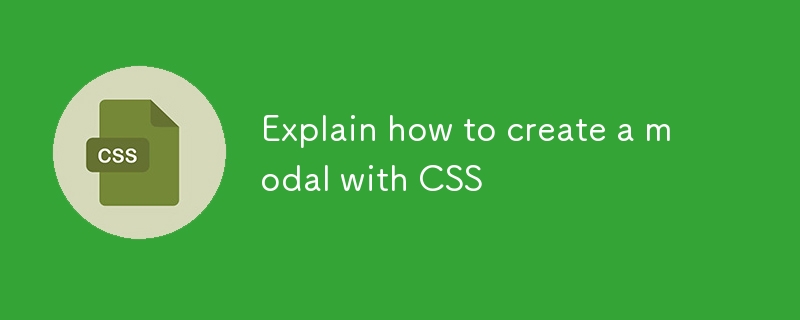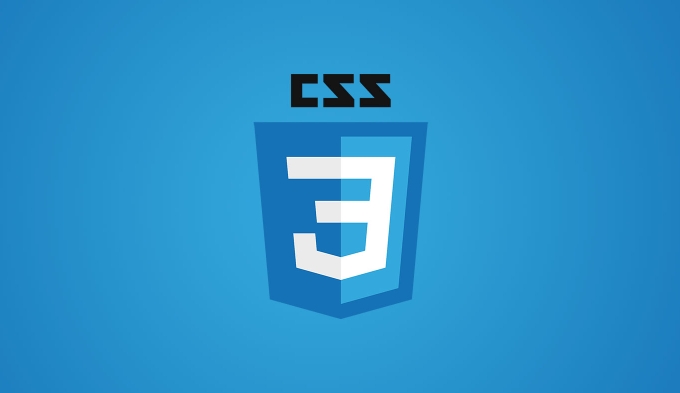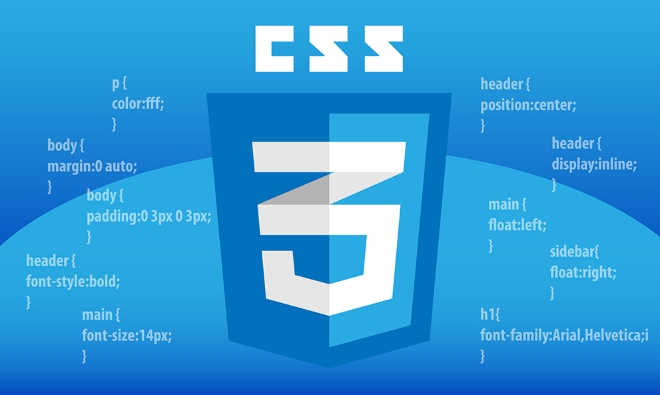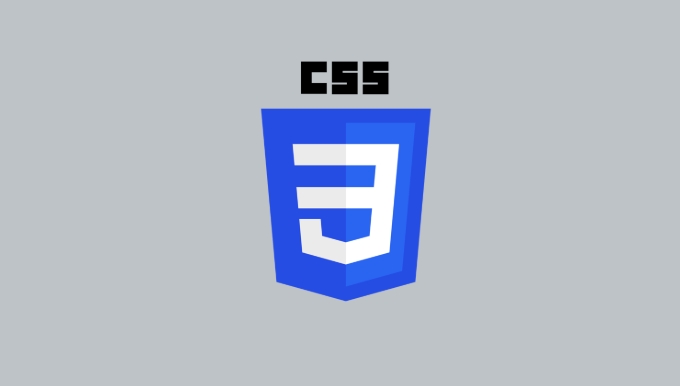To create a modal box, HTML structure requires that it includes a mask layer, content area and close button; 2. CSS is used for style design, and key points include full-screen hiding of the mask layer, content centering and close button positioning; 3. JavaScript controls display and hide, and supports clicking to close; 4. Add transition animation to improve the experience. Use HTML to define structures, CSS to set styles to achieve visual effects, JavaScript to manage interaction logic, and enhance user experience by adding animations.

It is not difficult to create a modal box (modal) with CSS. The key is that it has clear structure, reasonable style and in place for interactive logic. While CSS is responsible for styles and animations, a complete modal box usually requires a little HTML and JavaScript to control display and hide. Let’s take a look at how to implement it step by step.

Basic Structure: HTML is the Basic
The HTML structure of a modal box generally includes three parts:
- Overlay : used for darkening the background
- Modal content area : put title, button, form and other content
- Close button : allows users to actively close
The sample code is as follows:

<div class="modal-overlay" id="modal">
<div class="modal-content">
<span class="close-btn">×</span>
<h2>This is a modal box</h2>
<p>This is modal content. </p>
</div>
</div>This structure is simple and intuitive, and the next step is to control its appearance and behavior through CSS.
Style design: Make the modal box look like a modal box
The role of CSS is to control the appearance and display of modal boxes. Several key points:

- The mask layer must cover the entire page and be hidden by default (
display: none) - Modal content needs to be displayed in the center of the screen
- Use
position: fixedto enable it to be positioned relative to the window without being affected by scrolling
Common styles are as follows:
.modal-overlay {
display: none;
position: fixed;
top: 0;
left: 0;
width: 100%;
height: 100%;
background-color: rgba(0,0,0,0.5);
justify-content: center;
align-items: center;
}
.modal-content {
background-color: #fff;
padding: 20px;
border-radius: 8px;
position: relative;
max-width: 500px;
width: 90%;
}
.close-btn {
position: absolute;
top: 10px;
right: 15px;
font-size: 24px;
cursor: pointer;
}This CSS makes the modal box look more modern and has basic interactive friendliness.
Show and hide: Control status by JS
Although CSS can control styles, the opening and closing actions still need to be implemented in JavaScript. Common practices are:
- When clicking the "Open" button, set
.modal-overlaytodisplay: flexorblock - Click the Close button or mask layer and set it back to hide
The sample JS code is as follows:
const modal = document.getElementById('modal');
function openModal() {
modal.style.display = 'flex';
}
function closeModal() {
modal.style.display = 'none';
}
// Click the mask to close modal.addEventListener('click', (e) => {
if (e.target === modal) {
closeModal();
}
});This will enable the function of clicking mask to close the modal, making the user experience better.
Tips: Add an animation to make the experience smoother
Many people ignore the transition animation of modal boxes, but in fact, it will appear more professional after adding them. You can use opacity and transform to achieve the effect of fading in and popping out.
for example:
.modal-content {
opacity: 0;
transform: scale(0.8);
transition: all 0.3s ease;
}
.modal-overlay.show .modal-content {
opacity: 1;
transform: scale(1);
}Then switch the class name in JS:
modal.classList.add('show');
Or use setTimeout to control the display order to avoid animation failure.
Basically that's it. Create a simple modal box, HTML structure, CSS style, and JS control are indispensable. As long as you master these core points, you can freely adjust the style and functions according to project needs.
The above is the detailed content of Explain how to create a modal with CSS. For more information, please follow other related articles on the PHP Chinese website!

Hot AI Tools

Undress AI Tool
Undress images for free

Undresser.AI Undress
AI-powered app for creating realistic nude photos

AI Clothes Remover
Online AI tool for removing clothes from photos.

Clothoff.io
AI clothes remover

Video Face Swap
Swap faces in any video effortlessly with our completely free AI face swap tool!

Hot Article

Hot Tools

Notepad++7.3.1
Easy-to-use and free code editor

SublimeText3 Chinese version
Chinese version, very easy to use

Zend Studio 13.0.1
Powerful PHP integrated development environment

Dreamweaver CS6
Visual web development tools

SublimeText3 Mac version
God-level code editing software (SublimeText3)

Hot Topics
 How to use PHP to build social sharing functions PHP sharing interface integration practice
Jul 25, 2025 pm 08:51 PM
How to use PHP to build social sharing functions PHP sharing interface integration practice
Jul 25, 2025 pm 08:51 PM
The core method of building social sharing functions in PHP is to dynamically generate sharing links that meet the requirements of each platform. 1. First get the current page or specified URL and article information; 2. Use urlencode to encode the parameters; 3. Splice and generate sharing links according to the protocols of each platform; 4. Display links on the front end for users to click and share; 5. Dynamically generate OG tags on the page to optimize sharing content display; 6. Be sure to escape user input to prevent XSS attacks. This method does not require complex authentication, has low maintenance costs, and is suitable for most content sharing needs.
 PHP creates a blog comment system to monetize PHP comment review and anti-brush strategy
Jul 25, 2025 pm 08:27 PM
PHP creates a blog comment system to monetize PHP comment review and anti-brush strategy
Jul 25, 2025 pm 08:27 PM
1. Maximizing the commercial value of the comment system requires combining native advertising precise delivery, user paid value-added services (such as uploading pictures, top-up comments), influence incentive mechanism based on comment quality, and compliance anonymous data insight monetization; 2. The audit strategy should adopt a combination of pre-audit dynamic keyword filtering and user reporting mechanisms, supplemented by comment quality rating to achieve content hierarchical exposure; 3. Anti-brushing requires the construction of multi-layer defense: reCAPTCHAv3 sensorless verification, Honeypot honeypot field recognition robot, IP and timestamp frequency limit prevents watering, and content pattern recognition marks suspicious comments, and continuously iterate to deal with attacks.
 What are common CSS browser inconsistencies?
Jul 26, 2025 am 07:04 AM
What are common CSS browser inconsistencies?
Jul 26, 2025 am 07:04 AM
Different browsers have differences in CSS parsing, resulting in inconsistent display effects, mainly including the default style difference, box model calculation method, Flexbox and Grid layout support level, and inconsistent behavior of certain CSS attributes. 1. The default style processing is inconsistent. The solution is to use CSSReset or Normalize.css to unify the initial style; 2. The box model calculation method of the old version of IE is different. It is recommended to use box-sizing:border-box in a unified manner; 3. Flexbox and Grid perform differently in edge cases or in old versions. More tests and use Autoprefixer; 4. Some CSS attribute behaviors are inconsistent. CanIuse must be consulted and downgraded.
 How to build a PHP Nginx environment with MacOS to configure the combination of Nginx and PHP services
Jul 25, 2025 pm 08:24 PM
How to build a PHP Nginx environment with MacOS to configure the combination of Nginx and PHP services
Jul 25, 2025 pm 08:24 PM
The core role of Homebrew in the construction of Mac environment is to simplify software installation and management. 1. Homebrew automatically handles dependencies and encapsulates complex compilation and installation processes into simple commands; 2. Provides a unified software package ecosystem to ensure the standardization of software installation location and configuration; 3. Integrates service management functions, and can easily start and stop services through brewservices; 4. Convenient software upgrade and maintenance, and improves system security and functionality.
 Describe the `vertical-align` property and its typical use cases
Jul 26, 2025 am 07:35 AM
Describe the `vertical-align` property and its typical use cases
Jul 26, 2025 am 07:35 AM
Thevertical-alignpropertyinCSSalignsinlineortable-cellelementsvertically.1.Itadjustselementslikeimagesorforminputswithintextlinesusingvalueslikebaseline,middle,super,andsub.2.Intablecells,itcontrolscontentalignmentwithtop,middle,orbottomvalues,oftenu
 What is the accent-color property?
Jul 26, 2025 am 09:25 AM
What is the accent-color property?
Jul 26, 2025 am 09:25 AM
accent-color is an attribute used in CSS to customize the highlight colors of form elements such as checkboxes, radio buttons and sliders; 1. It directly changes the default color of the selected state of the form control, such as changing the blue check mark of the checkbox to red; 2. Supported elements include input boxes of type="checkbox", type="radio" and type="range"; 3. Using accent-color can avoid complex custom styles and extra DOM structures, and maintain native accessibility; 4. It is generally supported by modern browsers, and old browsers need to be downgraded; 5. Set accent-col
 How to compile SCSS to CSS?
Jul 27, 2025 am 01:58 AM
How to compile SCSS to CSS?
Jul 27, 2025 am 01:58 AM
InstallDartSassvianpmafterinstallingNode.jsusingnpminstall-gsass.2.CompileSCSStoCSSusingthecommandsassinput.scssoutput.css.3.Usesass--watchinput.scssoutput.csstoauto-compileonsave.4.Watchentirefolderswithsass--watchscss:css.5.Usepartialswith_prefixfo
 How to change text color in CSS?
Jul 27, 2025 am 04:25 AM
How to change text color in CSS?
Jul 27, 2025 am 04:25 AM
To change the text color in CSS, you need to use the color attribute; 1. Use the color attribute to set the text foreground color, supporting color names (such as red), hexadecimal codes (such as #ff0000), RGB values (such as rgb(255,0,0)), HSL values (such as hsl(0,100%,50%)), and RGBA or HSLA with transparency (such as rgba(255,0,0,0.5)); 2. You can apply colors to any element containing text, such as h1 to h6 titles, paragraph p, link a (note the color settings of different states of a:link, a:visited, a:hover, a:active), buttons, div, span, etc.; 3. Most






